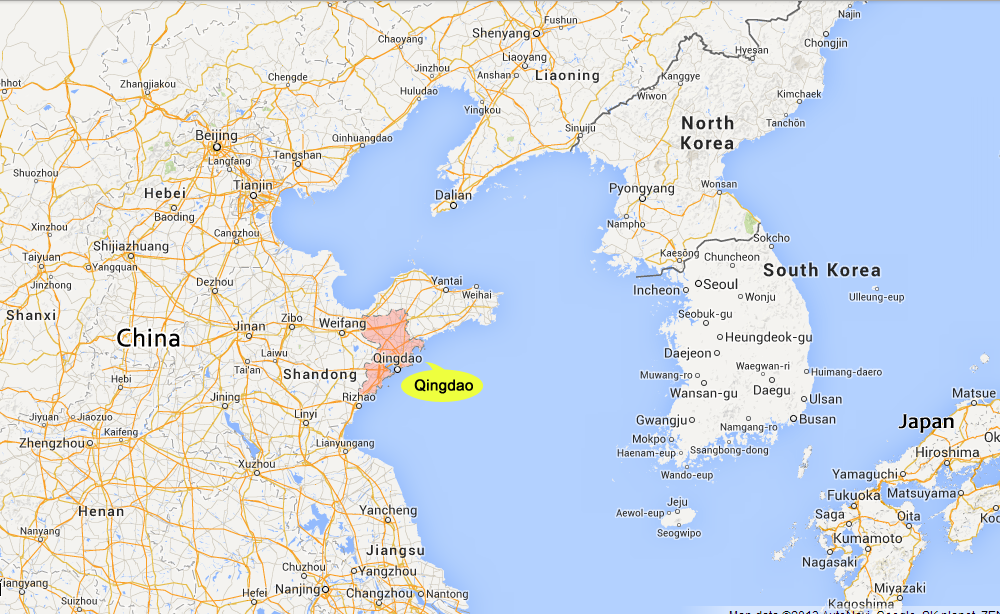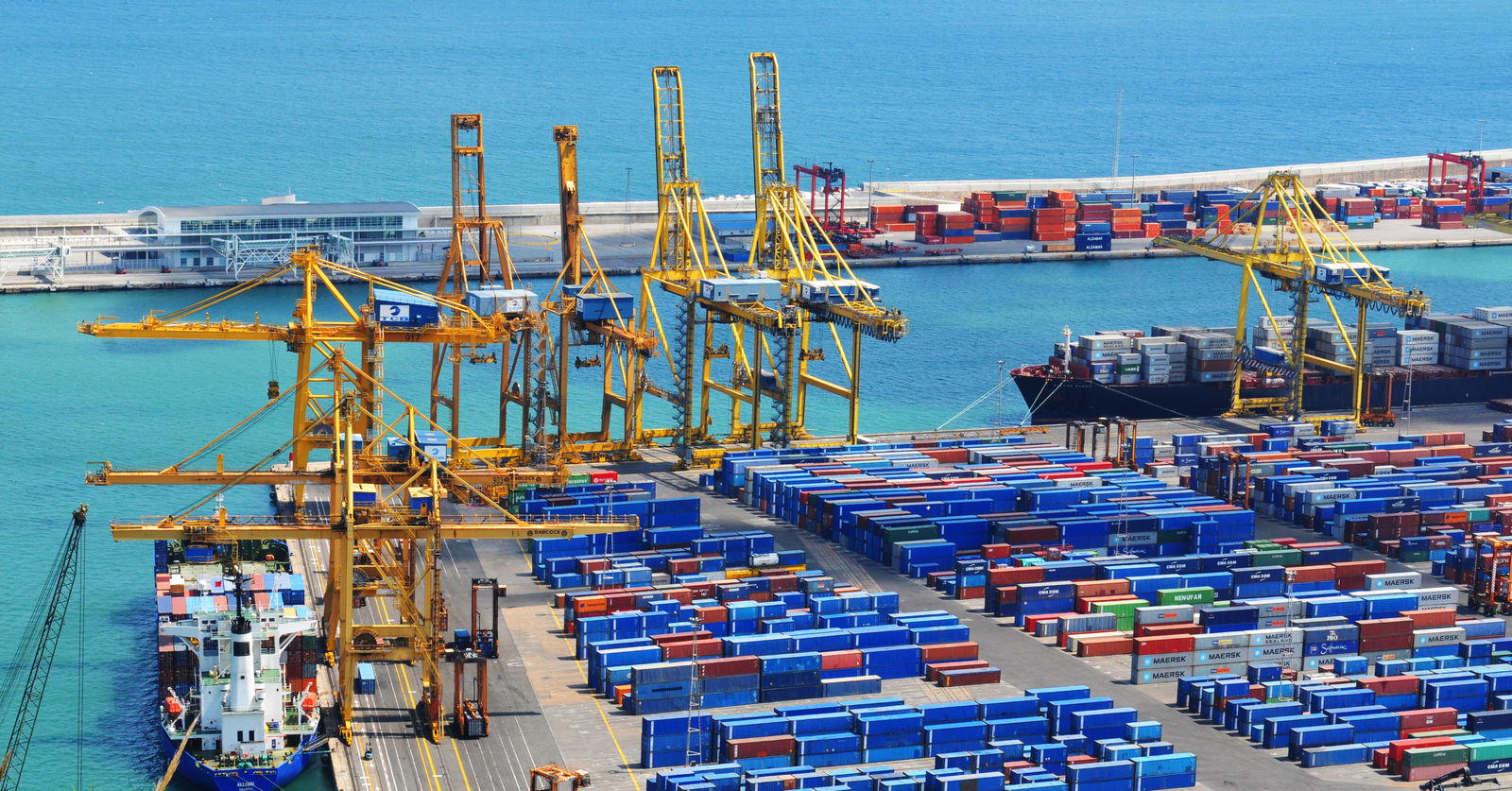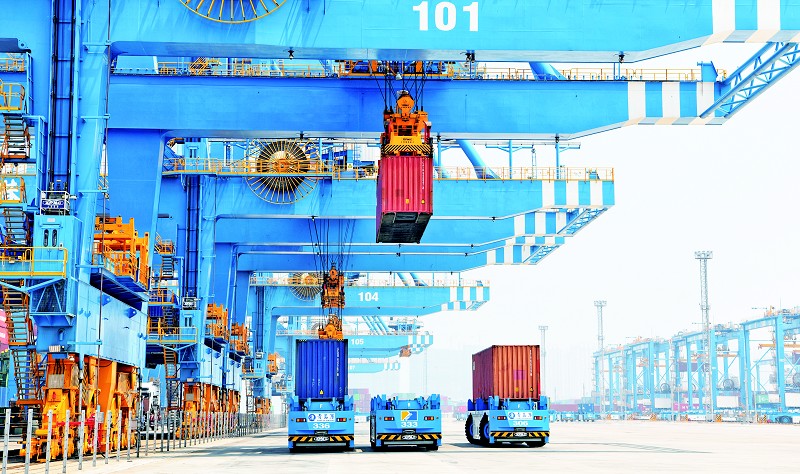As an international trade port and transit hub along the west coast of the Pacific Ocean, Qingdao has trade contacts with more than 700 ports and 180 countries in the world.
Located on the edge of Qingdao city, Shandong province, People’s Republic of China, Qingdao port faces Korean Peninsula and Japan across the Yellow Sea. During World War I, Qingdao was a battleground between the German and Japanese Empire due to its important position in the maritime strategy of the two countries.
Leaving behind the smoke and flames of war, Qingdao port is now one of the world’s ten busiest ports – third for containers (2020) and eighth for cargo throughput (2018). The port consists of four port areas: Dagang, Qianwan, Guangdong and Dongjiakou. Since 2011, Qingdao port together with Yantai port, Rizhao port, Weihai port has formed a strategic alliance with Busan port – the Republic of Korea’s largest port, aiming to build a shipping and logistics center in Northeast Asia.



What sets Qingdao apart from the rest of Asia is its unmanned automation terminal consisting of three phases with its 2088 meter coastline. The first phase was completed and put into operation on May 11, 2017, and the second phase was completed on November 28, 2019. Currently, the port has entered the final stage: the hydraulic engineering construction.
The main difference between automation and manually operated terminals is operational efficiency. At present, Qingdao terminal handles 36.2 boxes per hour while the traditional terminal is about 30 boxes. As everything is operated by system, they can ensure better safety for both workers and cargo.
In other automation terminals, if they want to use the EV cars, they need to adopt the power changing type. By using AV cycle-charging, Qingdao port does not need an electrical charging station, because during the working process, the cars have already been charged.
Another reason why Qingdao is more advanced than other terminals lies in its one-button anchoring technology. In case of strong winds, especially sudden bursts, they can control everything with one button in 2 minutes, compared to four people and 15 minutes to anchor the crane if they are in a manually operated terminal.
In 2021, Qingdao port opened three new direct international sea routes to regions and countries along the Belt and Road, and with partner countries of the Regional Comprehensive Economic Partnership (RCEP). These routes offer speed, which is a factor crucial in transporting consumer goods. For instance, food produced in the Philippines, Vietnam and Thailand can reach Qingdao in only 6 days.
Thuy Duong (via CGTN)